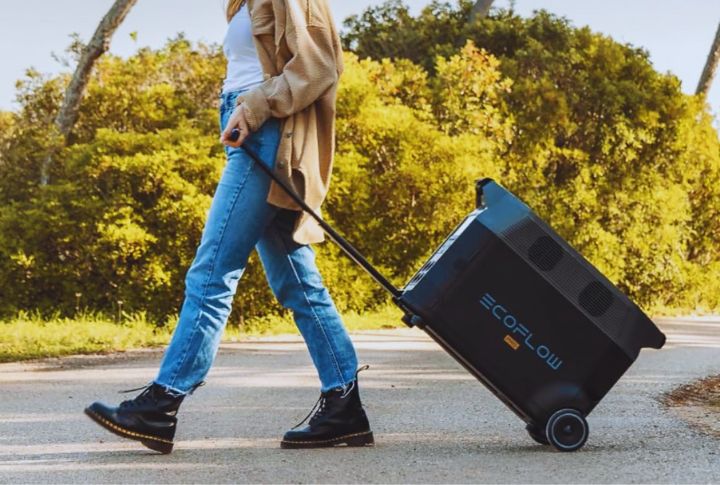
The silence of a campground used to compete with the steady buzz of portable engines, but that familiar background sound is starting to disappear across California. New regulations are beginning to reshape how campers power their weekends outdoors, prompting travelers to reconsider what they pack. This article lays out the key facts to help you stay prepared and compliant.
California Passed The Generator Ban To Cut Air Pollution
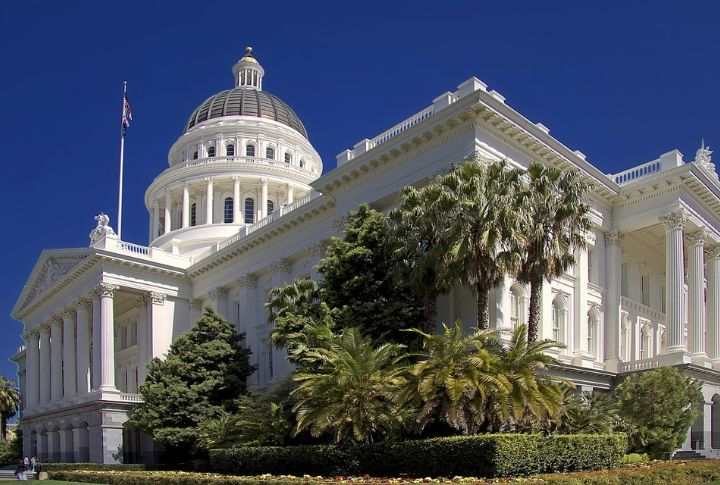
This law didn’t just appear out of nowhere. In 2021, the California Air Resources Board issued it to address emissions from small engines. The law aims to reduce harmful pollutants from small off-road engines while encouraging cleaner, more sustainable power alternatives for achieving a healthier environment.
The Law Applies To Small Off-Road Gas Engines In 2024
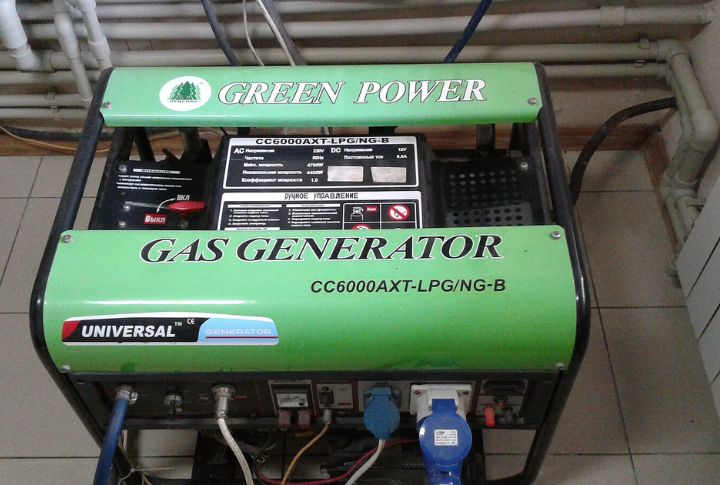
Portable generators face stricter emission standards beginning in 2024. By 2028, they must transition to zero-emission, allowing manufacturers time to produce cleaner and more efficient technology designed to meet new regulatory demands. It seeks to phase out older, less efficient models and supports California’s ambitious air quality goals.
Gasoline Generators Are The Main Targets
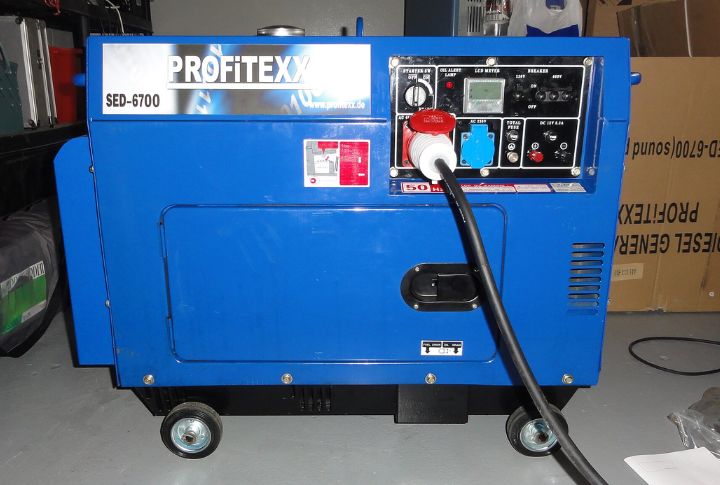
Campers who depend on these for power need to take note. These engines have been singled out because they emit high levels of pollutants relative to their size. Though quieter campgrounds are an added benefit, the ban primarily targets the environmental impact of gasoline-powered units.
California State Parks Will Enforce Restrictions At Campgrounds

California has restricted the sale of new gas-powered generators, but existing units can still be used if they comply with noise limits and operating hours. Additionally, certain parks in ecologically sensitive areas may require zero-emission sources, though this is not a statewide requirement.
Honda EU2200i Generators Are No Longer Legal For New Sales
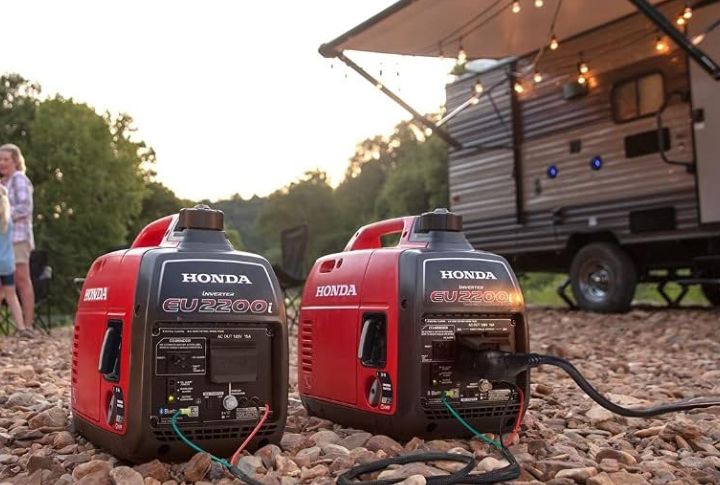
This model has long been popular among campers, and for good reason. However, despite its reliability and quiet operation, it no longer meets California’s updated emissions criteria. While current owners can still use it, retailers in the state can’t sell new units to customers.
Goal Zero Yeti Power Stations Provide Rechargeable Camp Power

When gas-powered units are no longer an option, portable battery stations step up. Goal Zero’s Yeti series is widely used because it’s reliable and silent. Campers using the Yeti 1000X on multi-day outings are impressed with its steady performance and quiet operation.
EcoFlow Delta Pro Offers Home-Grade Backup For Off-Grid Trips
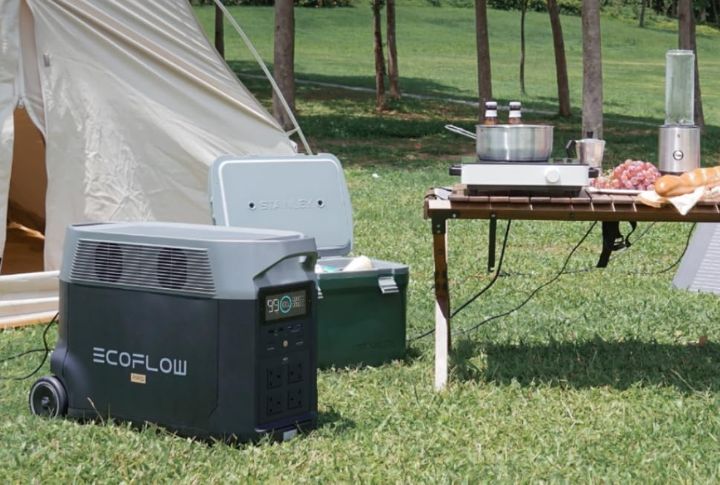
The Delta Pro is a great option for serious campers who need to run appliances or multiple devices. It has the capacity of a home backup unit but is designed to be mobile. Paired with solar panels, it offers a self-sufficient system that’s fully compliant with current regulations.
Solar Panels Like Renogy Foldables Are Becoming Standard Gear
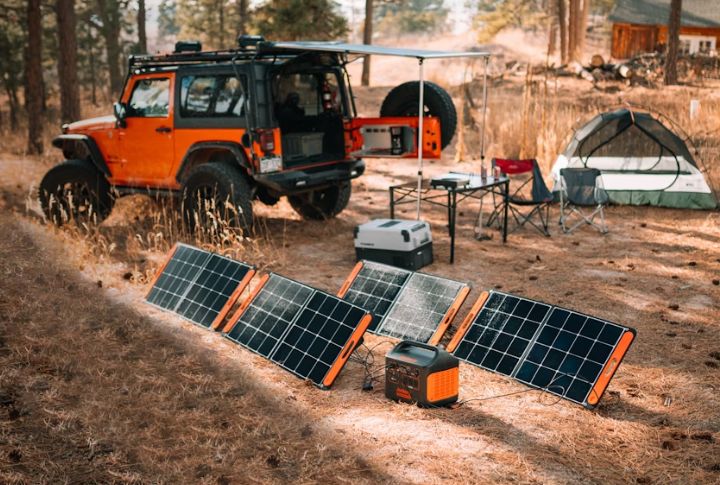
These days, it’s common to see solar setups at campgrounds across California. Renogy’s foldable kits are portable, and easy to deploy even on uneven ground. Even on partially sunny days, these panels are capable of maintaining a full battery charge throughout the day.
Battery Power Banks Now Offer Silent Backup For Overnight Use
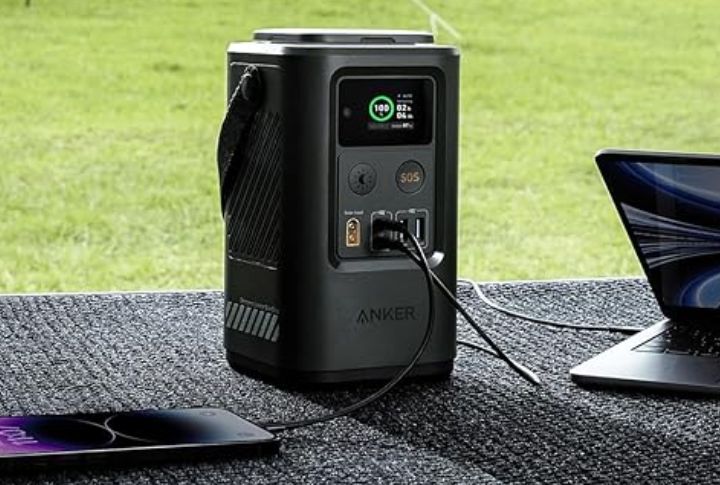
If you don’t need a full power station, a heavy-duty battery bank can still do the trick. Brands like Anker now offer units that are compact and capable of powering lights, phones, fans, and cameras. They’re especially useful for short stays or as backup in low-demand campsites.
Planning Ahead Means Reserving Powered Sites Or Packing Solar
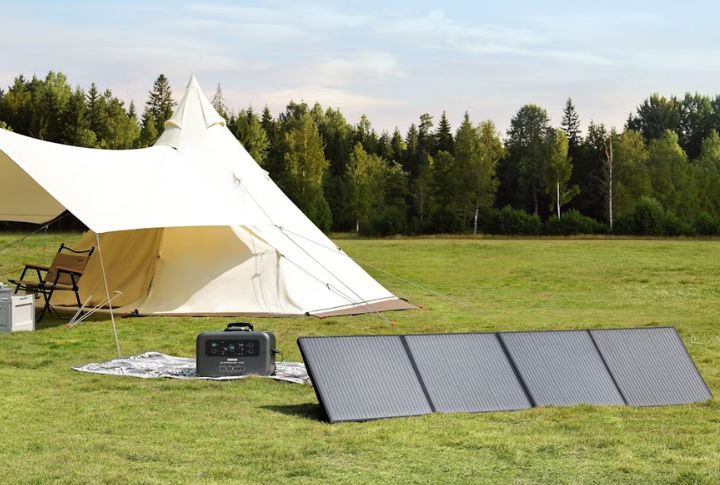
Campers should now treat power as part of their planning checklist. State park electric sites fill up quickly, especially on weekends. If you’re not booking early, bringing solar panels or portable batteries can keep your setup legal and ready for the new normal in California camping.
